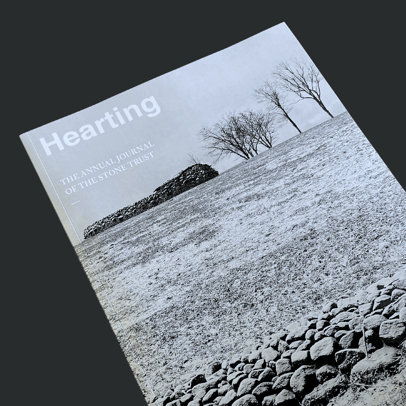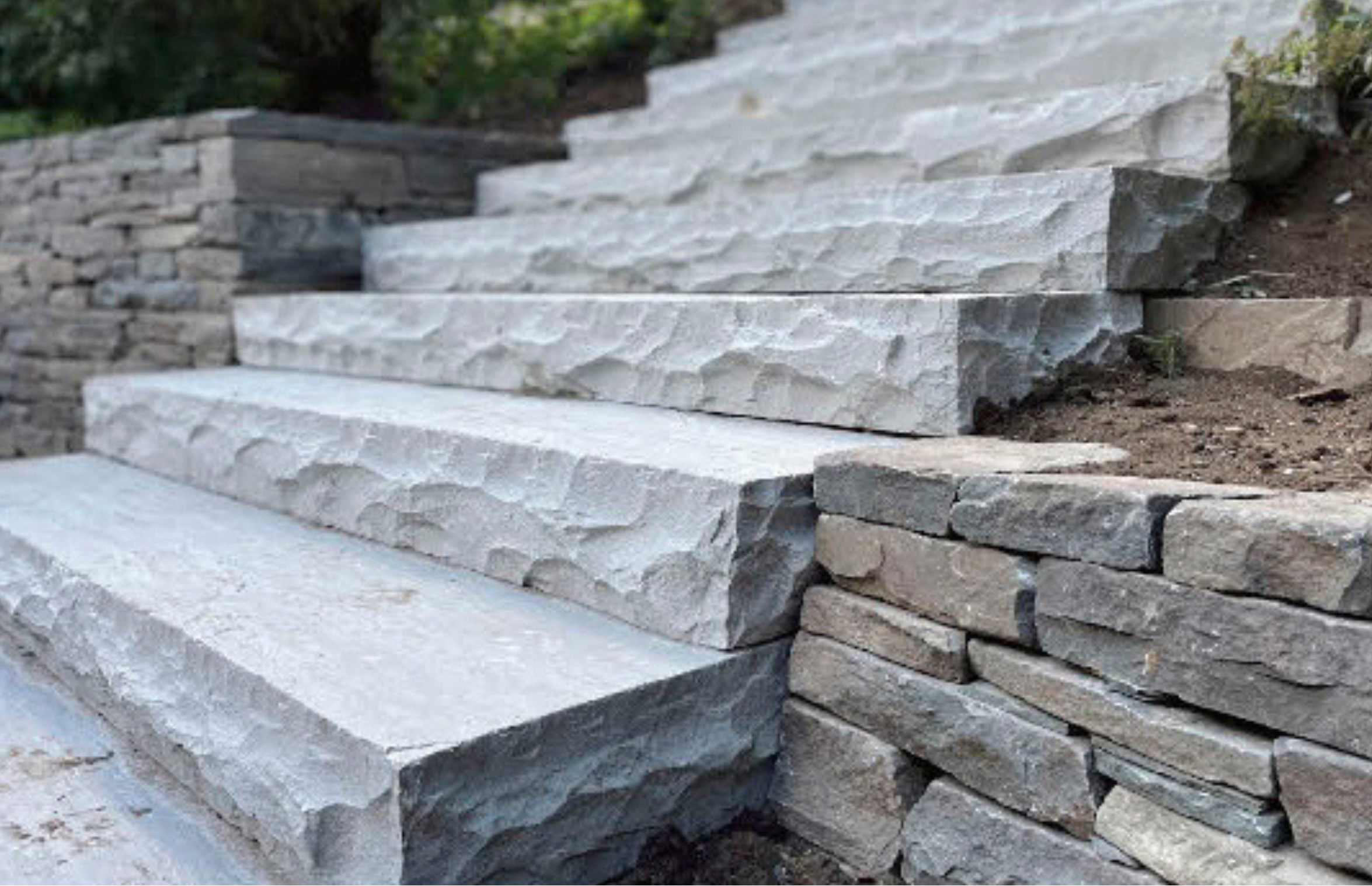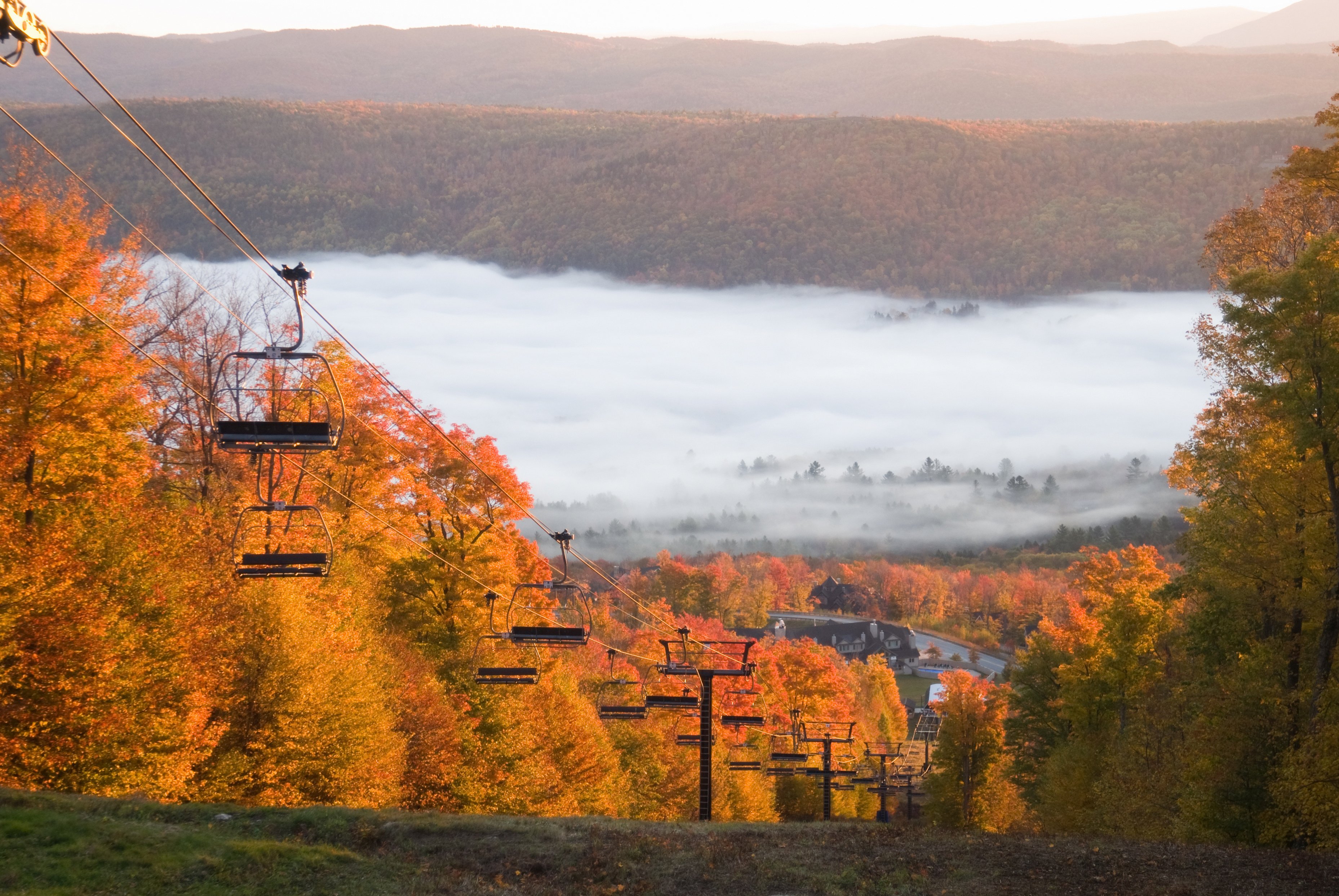The Art & Craft of Dry Stone Walling
Have you ever noticed a particularly impressive stone wall on your travels? (Working and living in New England, we’ve certainly come across our fair share.) If so, what do you feel when you see one: awe and amazement, a small spark of happiness, not much of anything? Those are all typical answers, but if you said “excitement” then you just might be a stone wall enthusiast!
Yes, there is such a thing (as stone wall enthusiasts), and many of these individuals are members of The Stone Trust. This nonprofit organization is a multifaceted dry stone walling resource that provides education, training, and consulting services for homeowners, contractors, designers, and government agencies. Established in southern Vermont in 2010, The Stone Trust’s mission is to preserve and advance the art and craft of dry stone walling. 
We’ve had the pleasure of working with The Stone Trust to print their two annual publications that showcase the beauty and function of their professional members’ work: the Hearting journal and the Waller of the Month calendar. Recently, the second-ever issue of Hearting was produced and distributed. The Stone Trust released this issue intending to share their growth and aspirations.
For years, The Stone Trust Center has been the only facility in North America that provides year-round educational and Dry Stone Walling Association (DSWA) certification opportunities for all levels and abilities. The organization’s curriculum incorporates worldwide industry standards. The Stone Trust also provides consulting services for projects involving dry stone walls, book and tool sales, custom workshops, and much more.
Now, they want to focus on training that allows professionals across fields to design and build with the economical and sustainable material that is stone. The Stone Trust is positioned at the intersection of education, traditional craft/trade, ecology, engineering, and public policy. This results from their desire to address community needs for habitat, transportation routes, water management, food production, and sacred space. This vision is profoundly reflected in Hearting.
Flipping through the journal, it is clear that everyone who contributed to it finds meaningful joy in their work. Numerous wallers have shared their thoughts and photos, recounting their inspiration. When you dig deeper, you find that the dry stone concepts that The Stone Trust community is still practicing today have been passed down by ancestors from around the globe..png?width=291&height=364&name=Wall%20(1).png)
To help readers navigate through all this material, Hearting has been intentionally broken down into sections. In “Member Journal,” various wallers tell their insightful day-in-the-life stories. Next, the Professional Member Photo Gallery is filled with stunning images of dry stone work including walls with functional steps, unique patterns, and beautiful surroundings. Function and artistry are equally important in this line of work, as addressed in the “Building for Success” segment which highlights practical issues like drainage and business development. Articles in “Historic Significance” throw it back to descriptions of past wallers, what they tended to focus on, and why. In “Ecology of Stone,” contributors discuss big topics, such as the potential of stonework in urban environments to provide habitat that diminishes threats to biodiversity.
After a thorough perusal of Hearting, it becomes clear that there is more than meets the eye when it comes to stone walls. For those of us who were not already enthusiasts, the knowledge gained from such a journal might make you start to do double-takes when you come across artfully crafted walls in the future. The more you think about it, the more you realize how powerful stone is. Straight from the Earth, stone was here before us, and it will be here after us. Those who know how to wield that power to create not only attractive but extremely useful structures for their communities should certainly be celebrated.






Leave a Reply